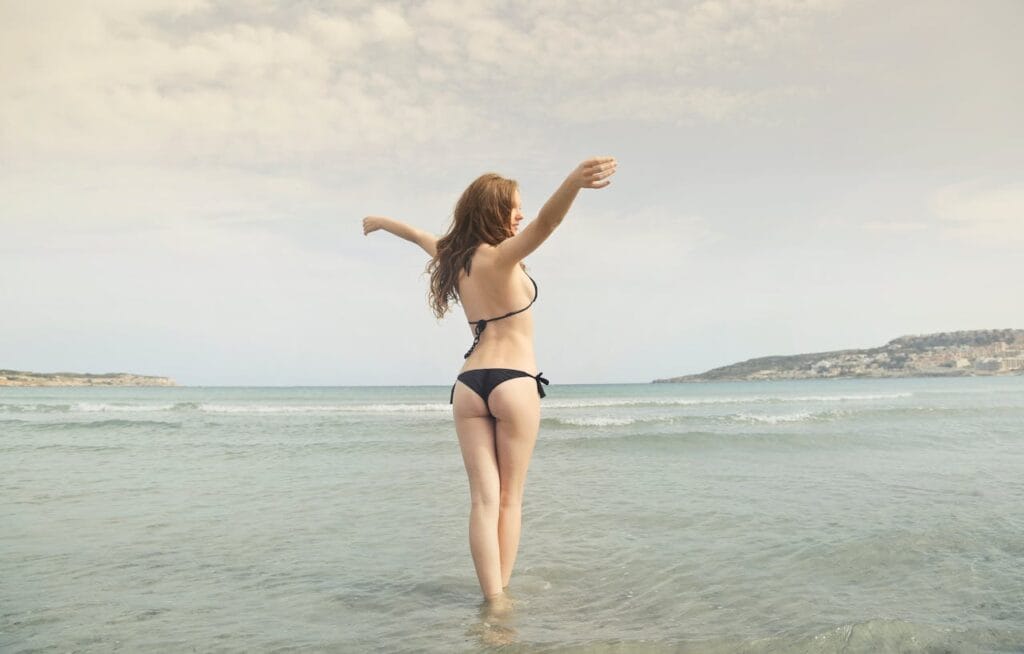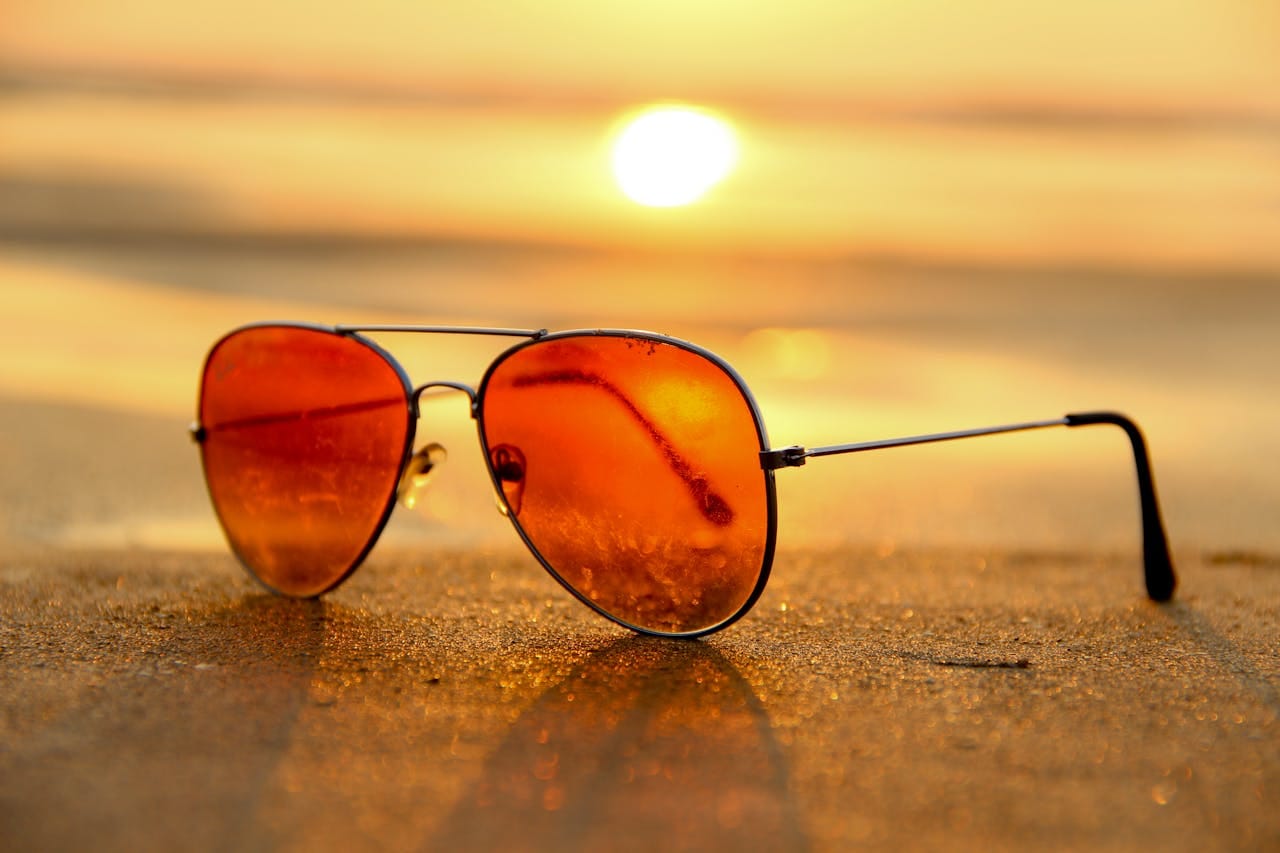It is a common belief that sunbathing in the morning and evening hours does not lead to burns and does not require the use of SPF. We checked how justified this belief is.
Advice to sunbathe only in the morning and evening to avoid sunburn can be found on portalsdedicated to tourism and travel, on forums, V services questions and answers. While Internet users generally have a consensus regarding safe evening hours for sunbathing—you can go to the beach by 4:00 p.m.—then in the morning, things are a little more complicated. Most publications claim that it is safe to sunbathe before 11:00. But some authors give other recommendations: some insist that you can stay under the sun until noon, others, on the contrary, advise Complete sunbathing by 10:00.
WHO recommends protect yourself from the sun, focusing on an ultraviolet index value above 3. “Checked” already wrote, that it is quite difficult to determine it yourself: it can be high even in cloudy weather. However, some weather forecast or specialized sites can help with this. applications.
The index value also depends on the time of day: early in the morning, at dawn, it is close to zero, then gradually increases to the maximum values of a particular day, and then decreases as sunset approaches. The greatest solar activity is usually observed for four hours around the so-called solar noon, which, depending on the location, occurs between 12:00 and 14:00. During this period, exposure to the sun without covering yourself or using sunscreen poses the greatest danger. However, this does not mean that the rest of the time it is safe to sit for a long time under the scorching rays.
Meteorological services of different countries when calculating the UV index use computer model. It calculates the amount of ultraviolet radiation reaching the Earth's surface based on predicted levels of ozone in the stratosphere, as well as cloud cover, local altitude, and the angle of sunlight depending on latitude, day, and time of day. Because of this, at one point on the Earth the UV index value in the morning may be higher than at noon at another.

The highest UV index is usually found near the equator - e.g. Indonesia already by 09:00 it can rise to level 5 and thereby significantly exceed the safe limits according to WHO estimates. By 11:00 this indicator often rises to an extremely high value of 11. Therefore, vacationers in Bali should definitely not rely only on the time of day and expect that in the morning they can lie in the sun without SPF. Slightly less extreme conditions await local residents and tourists in Australia: During the summer months (December to February), the UV index by 10:00 may well exceed 4–5.
However, even in latitudes far from the equator, when choosing a time for tanning, it is better to focus on the readings of specialized services, and not on the clock. So, in Israel at 09:00 the UV index, as a rule, does not rise above 4, but by 10:00 in some areas it reaches 7–8. Moreover, as you can see from the table on website local meteorological service, even within this relatively small country the values vary greatly: in one city there may be 3, and in another at the same time there are already 7.
At popular Russian resorts in the morning, UV index values are also quite high. For example, on the day of writing this analysis in Sochi at 10:00 this figure had already reached 5. In Anapa the situation is little better - at the same time, the UV index there was 4. If we talk about vacation in the Moscow region, then, judging by the data of meteorological services, sunbathing without protective equipment in the morning (before 11:00) is quite safe.
Thus, the decision about whether you need to protect yourself from the sun's rays should be made based on the UV index, and not the time on the watch. Although in the morning and evening, when the sun's rays hit the Earth at an angle, this indicator is indeed lower and sunbathing is less dangerous than at noon, this does not mean that being in the sun at this time is safe in principle. The UV index is influenced by many parameters that are not easy to take into account on your own, so experts recommend checking the data of meteorologists.
Cover photo: Nitin Dhumal / Pexels
- Myths and misconceptions about sunscreens
- Is it true that exposure to sunlight is good for your health?
- Is it true that tanning is effective in treating acne?
If you find a spelling or grammatical error, please let us know by highlighting the error text and clicking Ctrl+Enter.






